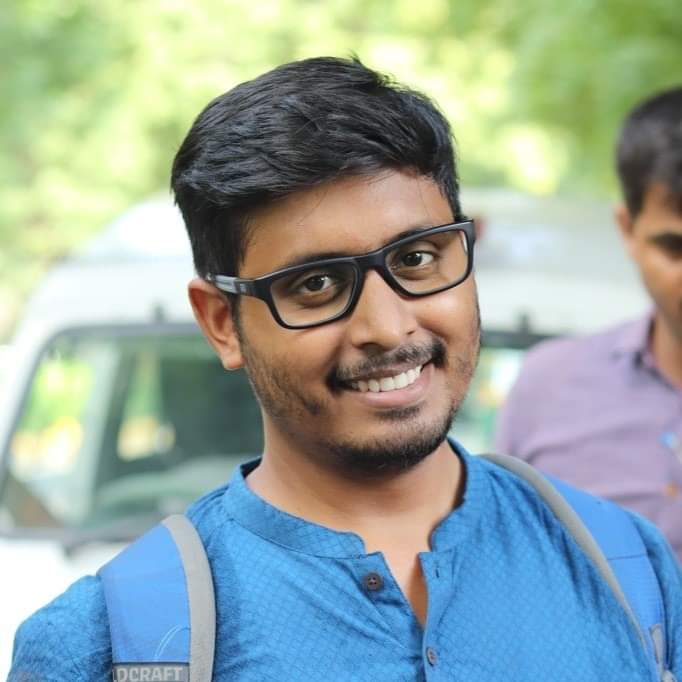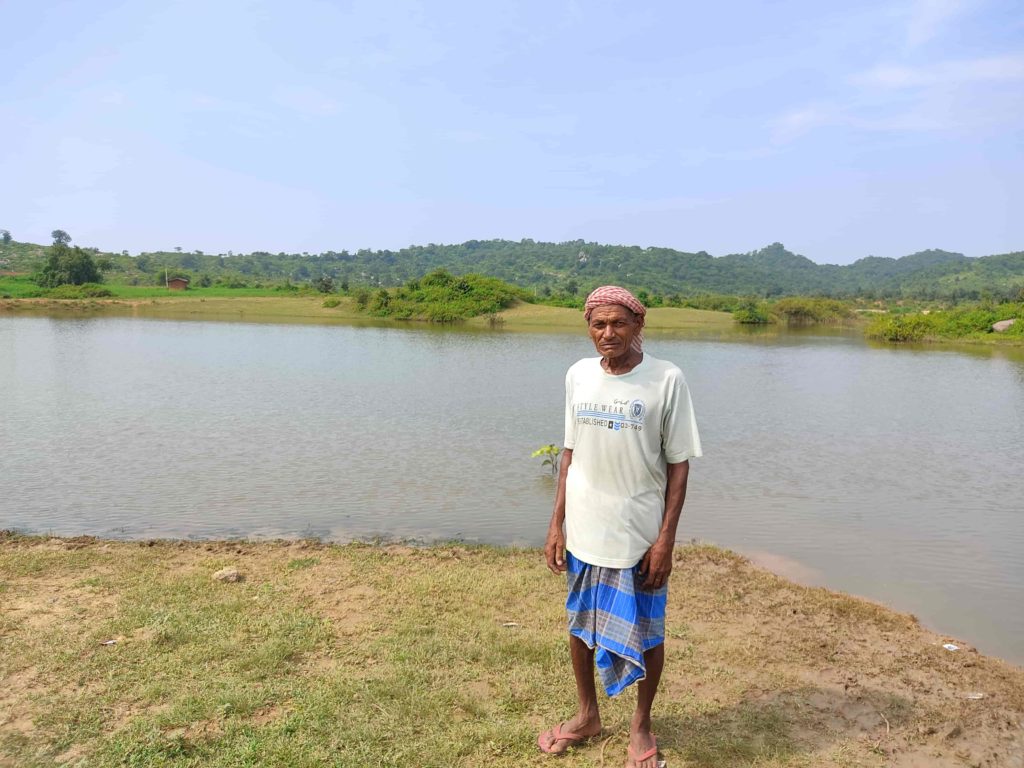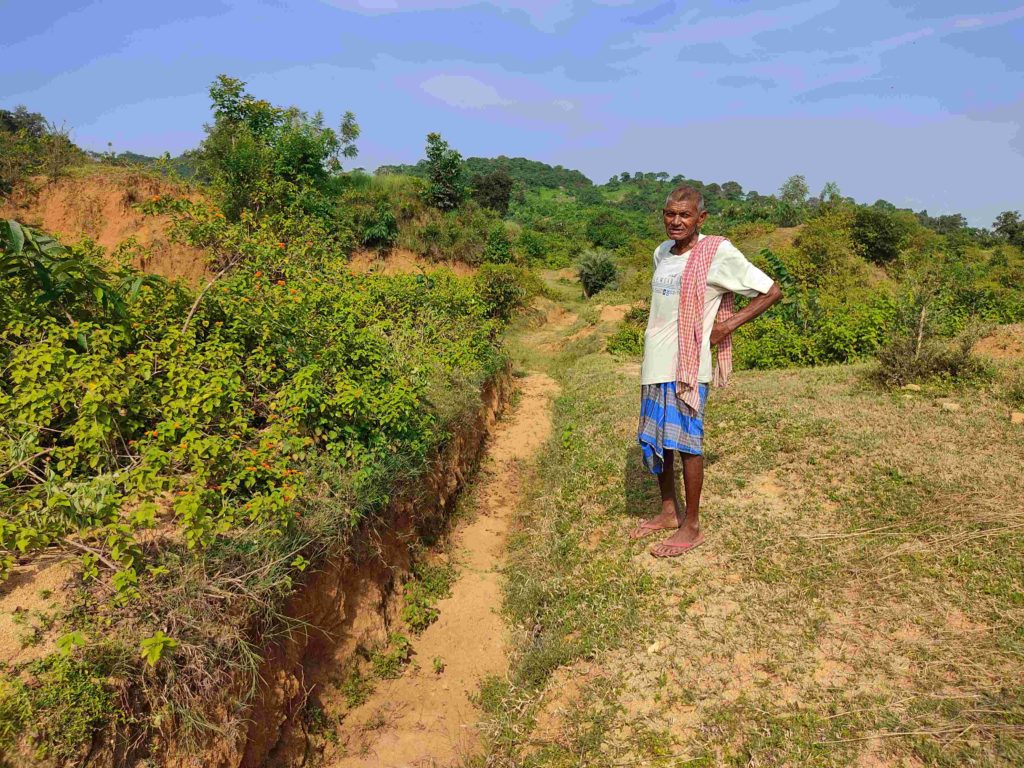Laungi Manjhi’s claim of digging a canal in Gaya, Bihar earns him support of government officials
Some in the media have raised doubts about the veracity of Manjhi’s claim, but the local administration supports him.


Laungi Manjhi is not sure how old he is. “Anything between 60 or 70 years of age,” he grinned. His village Kothilwa lies in the Naxal-affected area of Lutuwa panchayat, Gaya district, about 200 kms away from Bihar’s capital Patna. It is inhabited by no more than 200 families of the Musahar, Bhogta and Paswan communities, most of whom either sell firewood they gather in the forests, or work in construction sites in neighbouring towns. Many of them often migrate to find jobs elsewhere, but not Manjhi, who never wanted to leave Kothilwa, he told Gaon Connection.
The village has been water-starved for as long as he can remember it. But one year, about three decades ago, was particularly harrowing. “The rains had failed, there was a drought and no one had any money,” recalled Manjhi. However, fleeing the village was not the solution to the problem, he said. “All we needed to do was to arrange to bring down water from Bangetha Hill , and that would allow the village to cultivate paddy and create employment for itself. Everyone thought I was crazy,” Manjhi laughed at the memory.
Undaunted by the taunts, Manjhi picked up an axe and began digging a canal. “Every time my resolve faltered, I would look at Bangetha and start digging again,” Manjhi told Gaon Connection. Manjhi had no map, diagram or blueprint to follow. He would just walk every day to Bangetha, that was about three kms away, memorise some of the physical features of the terrain on the way and wield his axe. He had to lop forests, dig up the earth and break rocks to carve out a path for the canal to flow into his village. For the first time in years, the monsoons saw the first trickle of water reaching Kothilwa and today the Laungi bundh is an embankment in the village with a waterbody on either side, thanks to Manjhi.
And thereby lay the remarkable story about an otherwise unremarkable looking embankment in Kothilwa.

The media lapped up the story, heaped paeans of praise on Manjhi. Gaon Connection visited Kothilwa on September 14, and reported from the ground, mentioning Manjhi’s desire to have a tractor. As the story became viral on social media, Anand Mahindra offered to gift Manjhi a tractor and on September 17, a tractor of Mahindra 265 DI model with a cultivator was delivered to him.
But the report on Manjhi, his accomplishment and the gift of the tractor triggered a war of words on social media, with aspersions being cast on the authenticity of Manjhi’s claims of digging the canal single handedly.
There were accusations of fake news. There were tweets that declared that records showed a canal already existed, and reports of officials saying they had been posted in the region for decades and had never heard of such a canal being dug.
But Kothilwa’s elders say otherwise. “Water has reached our village only thanks to the effort of the Laungi Manjhi. Before this I have never seen a canal here. I have watched so many children grow into adulthood, and neither have they seen any canal,” Badku Bhuiyan, a 70-year-old inhabitant of Kothilwa told Gaon Connection during the second visit to the village.
The local administration on its part has clarified that it has so far had no cause to be suspicious about Manjhi’s work. “The local level survey that was available to us has not been able to establish the pre-existence of a canal or otherwise. Besides, the village elders have denied any pre-existing canal. The visiting team also saw the work of Laungi Manjhi,” Sonu Kumar, the block development officer of Banke Bazar, who visited the site, told Gaon Connection. There is no evidence to disbelieve that Manjhi dug the canal, he added.

Even if there was a pre-existing canal a hundred years ago, as rumours suggest, it has long dried up and would be completely covered over by sedimentation, pointed out Kumar. “Is it not still a commendable job if someone selflessly digs for thirty years and has cleared all that,” he asked. He reiterated that the administration harboured no doubt about Manjhi’s effort.
In the meanwhile, a team from the minor irrigation department left for Kothilwa to inspect the canal and report its findings. “The team will submit its report in a few days. At present, the district administration has not found anything suspicious in the work of Laungi Manjhi,” Abhishek Singh, Gaya’s district magistrate, told Gaon Connection. “The canal has been built by Laungi Manjhi in a traditional way. Our team will study it and work towards making it technically sound. It will also enhance the water harvesting capacity of Laungi Manjhi’s pond,” Singh added.
Meanwhile, the villagers are revelling in the novelty of having a water body in Kothilwa. They use the water for bathing and household chores. The cattle are also bathed here, though Maanjhi does not allow washing of clothes in the waters.
This has astounded many who are now looking closely at Launghi bundh. “Manjhi has managed to bring water from Bangetha hill to the village. He chiselled the canal, using his instinct. All this, without using any map or document,” Abhay Narayan, chief engineer of the district’s water resources department, told Gaon Connection.

